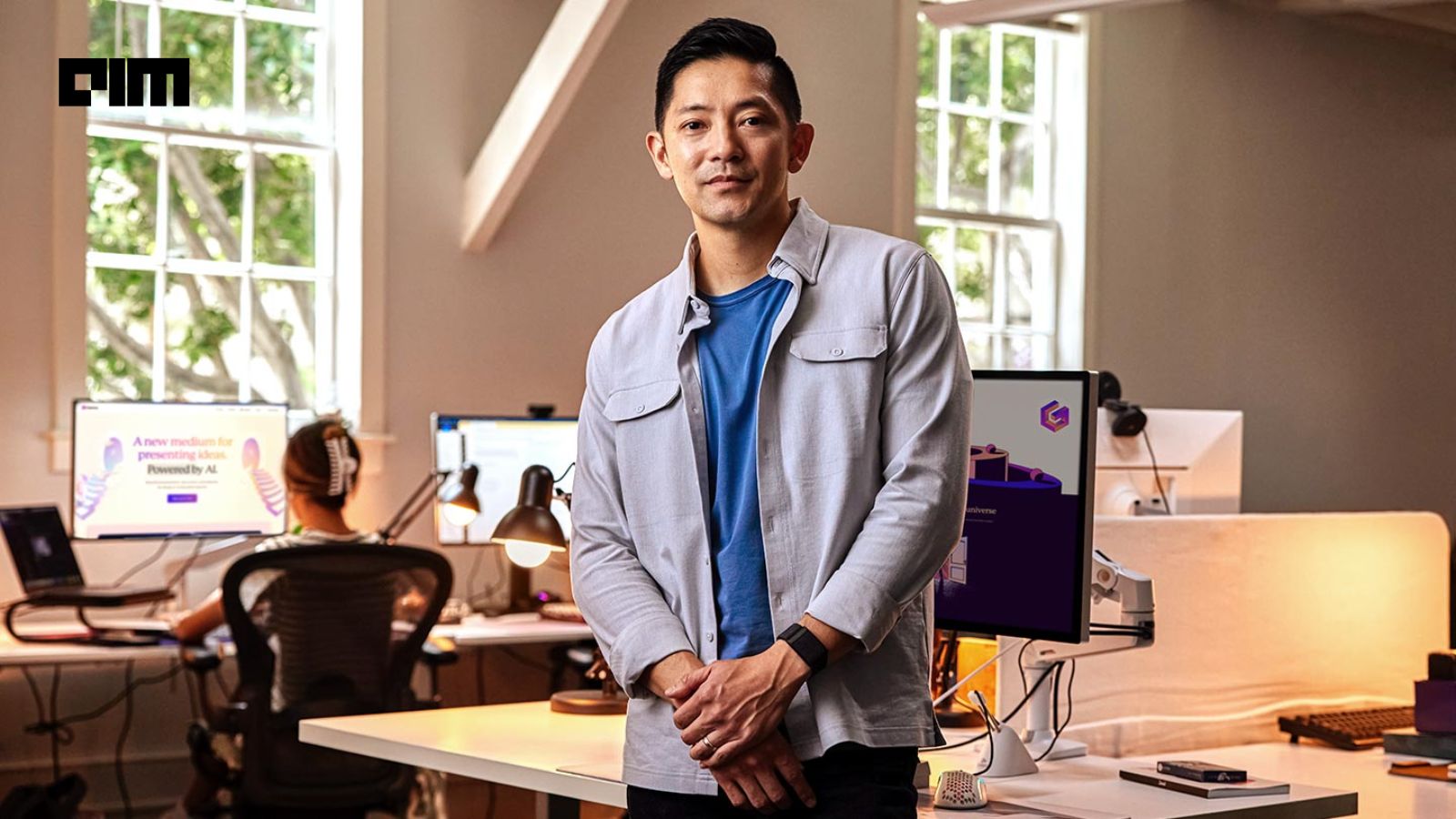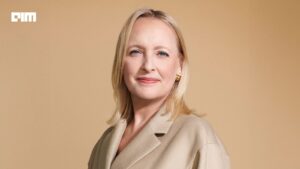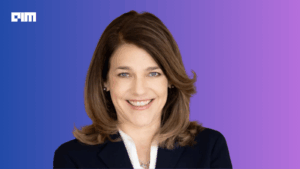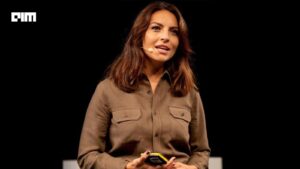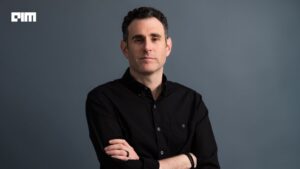Grant Lee spent much of his early career in investment banking and consulting, building the kind of slide decks that dominate corporate communication. “Presentations are the language of business,” he often said, “but too much time goes into moving pixels instead of building ideas.” That frustration led him, in 2020, to co-found Gamma, a company designed to make presentation creation faster and smarter through artificial intelligence.
On Monday, Gamma announced it has raised $68 million in new funding led by Andreessen Horowitz, valuing the company at $2.1 billion. The round marks a major milestone for a startup that has grown with unusual efficiency and profitability.
“I’ve been using Gamma myself,” said Sarah Wang, general partner at Andreessen Horowitz, who led the investment. “It can take what you’re thinking and turn it into something structured and visually clear in seconds.”
A Profitable Outlier in the AI Market
Gamma has taken a measured path to growth, focusing on sustainable operations rather than aggressive fundraising. The company has been profitable since 2023 and has yet to spend any of the $12 million it raised in its previous round from Accel.
“We built Gamma to be self-sustaining,” said Grant Lee, the company’s CEO. “Capital should strengthen flexibility, not dependency.”
According to company data, Gamma now serves about 70 million users worldwide, including more than 600,000 paying customers, and generates roughly $100 million in annual recurring revenue (ARR). It operates with a lean team of 52 full-time employees, up from 28 earlier this year.
The company’s customer base has expanded rapidly as its platform evolved from an AI presentation generator into a complete visual storytelling tool used to create documents, websites, and social media content.
Building a Simpler Way to Communicate
Gamma’s founding team, Lee, Jon Noronha, and James Fox, all former Optimizely colleagues, initially built software to simplify formatting tasks for business presentations. By 2022, the company had about 60,000 users and limited runway left. “We were at a point where we knew the product needed to change,” Lee recalled.
That inflection point led to a rapid reinvention. Over three months, Gamma re-architected its infrastructure to integrate generative AI models from OpenAI, Anthropic, Google, and Perplexity. The result was a tool that could instantly transform plain text into polished, brand-consistent presentations.
“Other design platforms raise the ceiling for experts,” Lee said. “Our goal was to lower the floor for everyone else to make professional-quality communication accessible.”
Efficiency and Adoption
Gamma’s combination of lean operations and growing enterprise adoption has distinguished it within the broader AI ecosystem. Users have created more than 400 million presentations and other digital materials on the platform, with more than one million new pieces generated every day.
Jaspar Eyears, CEO of Latin America’s largest independent PR firm, Another Company, said Gamma has become central to his business operations. “Every document now runs through Gamma,” he said. “We produce over 50 brand-consistent decks a day and save at least 50,000 hours a year.”
At RevUp Advisory, chief revenue officer Stacie Sussman said Gamma allows her team to create client-ready materials without relying on designers. “I would’ve needed a full team to pull this off before,” she said.
The company’s technical framework connects more than 20 AI models behind the scenes using one for outline generation, another for image creation, and others for writing or layout and continuously tests their performance. “AI can feel complicated,” Lee said. “Our responsibility is to handle that complexity so users don’t have to.”
Investor Confidence
Andreessen Horowitz’s investment reflects continued investor confidence in AI tools that generate measurable revenue rather than just attention. Wang said the firm’s own teams rely on Gamma for presentations and visual content. “It has changed how we communicate internally,” she said.
Vas Natarajan, partner at Accel and a member of Gamma’s board, said the company’s results stem from its narrow focus. “Gamma’s team is relentless about removing unnecessary complexity from both the product and the business,” he said.
Even as larger incumbents like Microsoft and Google invest heavily in AI-driven presentation tools, Gamma’s leadership believes its specialization and agility remain key strengths. “We continue to iterate on product quality,” Lee said. “That’s where our advantage comes from.”
Gamma plans to use the new funding to expand its enterprise offerings, hire more AI engineers, and grow internationally. Its newly launched business account, priced at $480 per user annually, is aimed at organizations looking for scalable design and communication tools.
Lee has also emphasized employee equity as a cornerstone of Gamma’s culture. Having experienced the challenges of stock dilution during Optimizely’s acquisition, he said he wanted to build Gamma differently. “I want every employee to participate meaningfully if the company succeeds,” he said. “Being patient early on gave us room to grow with focus. That’s what continues to guide how we operate.”

